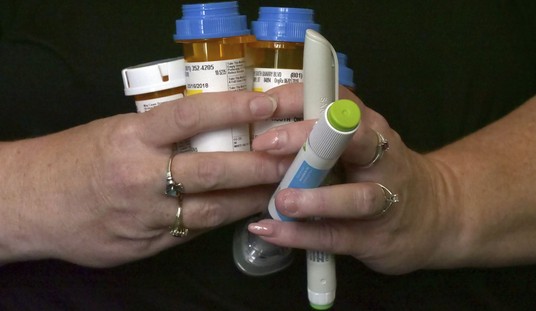The Washington Post, December 8th, 2008, in a story ironically titled “Start Making Sense:”
Europe’s motorists pay far higher gas taxes than American drivers do, a principal reason that its manufacturers (like Japan’s) are practiced experts at profitably building fuel-efficient vehicles — and that the average fuel efficiency of new cars on European roads in 2006 was 38 miles per gallon. In contrast, newly enacted CAFE fuel-efficiency rules would require U.S. cars to get 35 miles per gallon by 2020. The Congressional Budget Office estimated in 2004 that raising the gas tax by 46 cents per gallon would cut fuel consumption more quickly and cheaply than CAFE.
Congress should enact a steep, inflation-indexed hike in gas taxes, one big enough to alter consumer incentives and habits permanently. This would take back some of the de facto economic stimulus consumers have received from the recent drop in gas prices, and it would be a hard sell politically. But surely voters can understand that, even if Congress were to triple the tax to 55.2 cents, gas would still be cheaper, in real terms, than it was in 2005. The increase could be rebated through the income tax system.
The New York Times and NBC, in the form of Tom Brokaw pitching the idea to the titular head of the Office of the President Elect all agreed near simultaneously that this was a fabulous idea back then.
But fast-forward to today, and at at AOL’s “Autoblog Green,” the following headline appears — “WaPo: High gas prices are holding the economy down:”
Economic growth over the last quarter was once again disappointing. The possible factors out there weighing down on jobs, sales, and incomes range from the global consequences of the earthquake in Japan to concerns over the debt ceiling. Among all the factors that could be holding us back, Washington Post centers in on a culprit we think readers know a little something about:
Earlier this year, economists were optimistic that a Social Security payroll tax cut would accelerate growth and help strengthen the recovery. Instead, most of that money– roughly $1,000 to $2,000 per person – has gone to pay for higher gas prices.
The average price for a gallon of gas peaked in early May at nearly $4. While it has eased since then, motorists paid an average of $3.71 per gallon on Friday – nearly a dollar more than they paid a year ago.
What’s the problem? We’re they simply not raised gradually enough?










Join the conversation as a VIP Member